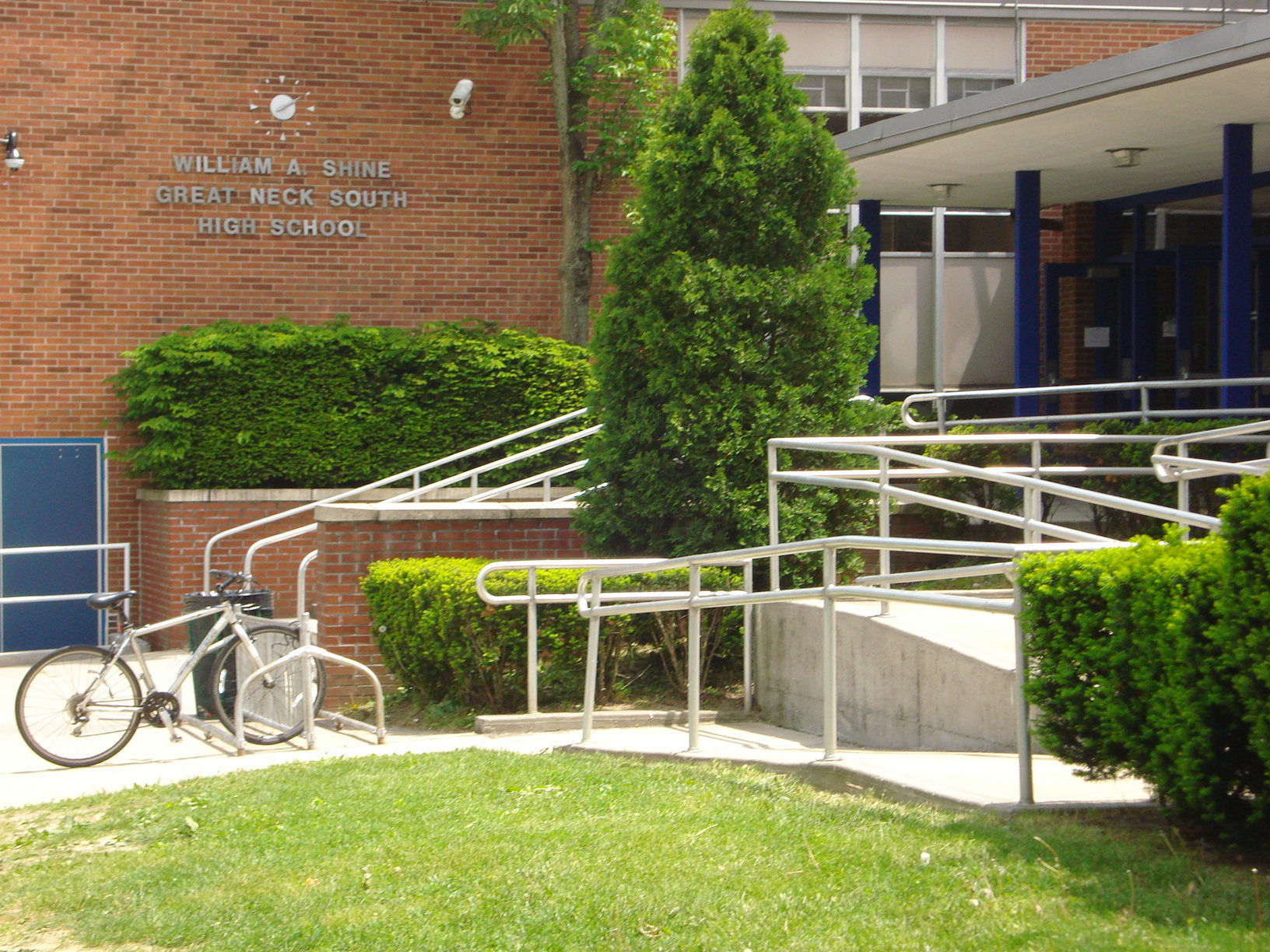Seven Great Neck high school students were named semifinalists in the Regeneron Science Talent Search last Wednesday, an increase from the three students from the peninsula who earned the honor last year.
Six students from Great Neck South High School and one from Great Neck North High School are among 300 from across the country who qualified as “scholars” in the competition, which was formerly sponsored by Intel.
Great Neck Superintendent of Schools Teresa Prendergast said given the number of students that applied for the competition, the success Great Neck students have found so far in the competition is “absolutely amazing.”
“Keep in mind that is perhaps one of the most prestigious competitions in this country,” Prendergast said. “We are so incredibly proud of our students and look forward to their continued success as they compete in Washington, D.C., in March.”
The Regeneron Science Talent Search semifinalists include Patrick Gao of Great Neck North High School and Jaysen Zhang, Lynn Hlaing, Matthew Ko, Olivia Lundelius, Rubin Smith and Yujia Su of Great Neck South High School.
In the fall, Zhang also made the semifinals of the 2016 Siemens Competition in Math, Science and Technology, another major contest for high-caliber science research students.
Westchester County-based Regeneron, a medical science and technology company, this year took over sponsorship of the contest recognizing top science research projects from high-schoolers around the country.
The seven Great Neck students were picked as semifinalists from among 1,749 applicants based on their promise as scientists, academic performance and recommendations from teachers and professional scientists, according to a news release from the Society for Science & the Public, which co-sponsors the competition.
The 300 semifinalists each get a $2,000 award. Forty finalists to be named Jan. 24 will compete for $1.8 million in awards in Washington in March, with winners named at a March 14 gala. The top winner will get $250,000.
This year’s honored research projects focus on topics in astronomy, biology, medicine, physics and social sciences.
Gao’s project was titled “Development of an Automated Feedback Loop for the Geometric Stabilization of Taylor Cones in Low Flow-Rate Magnetoelectrosprays.”
Hlaing’s project was titled “Modulating LRRK2 Kinase Domain Through an FDA Approved Compound,” Zhang’s project was titled “A Cell Culture Model of Glutamine Addiction in Cancer via the c-Myc–Sirt5–Glutaminase Axis” and Ko’s project was “Extraction of the Specific Shear Viscosity of the Quark-Gluon Plasma from Measurements of Flow Harmonics in Au + Au Collisions at 200 GeV.”
“Sorting Microfossil Concentrate Under Ultraviolet and Daylight Conditions Using a Support Vector Machine” is the title of Lundelius’ project, Smith’s project was titled “Modeling Topography and Mammal Species Diversity Within the Western U.S. Basin and Range from 36Ma” and Su’s project was titled “Groundwater Contaminant EDC: A Potential Hazard on Human Nervous System.”



